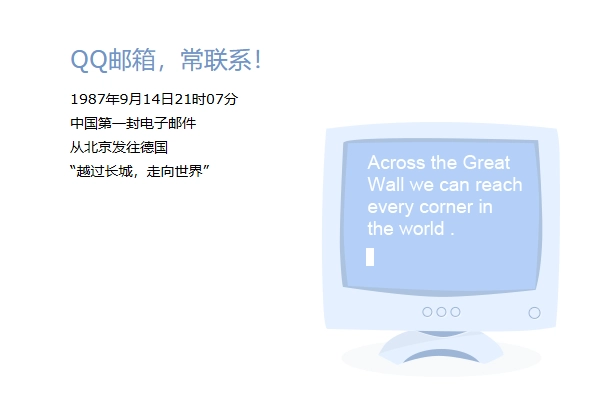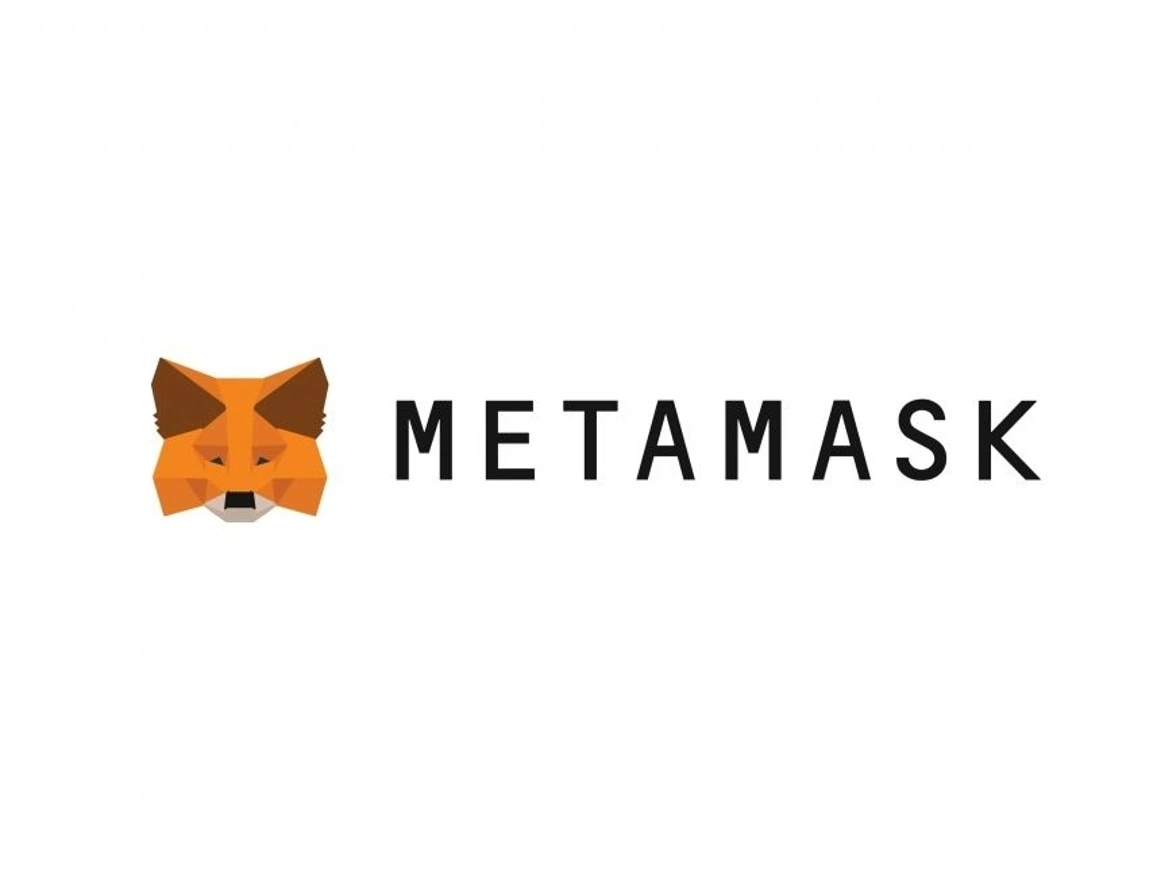Exploring China's Email Landscape: Top Providers, Usage Trends, and the Story Behind Numeric Addresses

In the vast and ever-evolving digital world of China, email services occupy a unique space, shaped by local innovation, government policies, and cultural habits. While email is a global communication cornerstone, its role in China is distinct—less dominant than messaging apps yet still vital in specific contexts. This article dives into the most common email service providers in China, like Tencent and NetEase, examines the quirks of Chinese email usage (including the curious prevalence of numeric addresses), and traces the historical roots of email culture in the country. Whether you’re curious about "China email service providers" or puzzled by "why are Chinese email addresses numbers," read on for a deep dive into this fascinating topic.
Top Email Service Providers in China
China’s email market is ruled by homegrown giants, a result of strict internet regulations that limit access to foreign platforms like Gmail. These local providers have tailored their services to fit Chinese users’ needs, often blending email with other digital tools. Here’s a rundown of the key players:
- Tencent QQ Mail (qq.com)
Tencent’s QQ Mail is a titan in China’s email scene. Launched in 2005 as part of the wildly popular QQ messaging platform, it serves millions of users. What sets it apart? Seamless integration with Tencent’s ecosystem—think WeChat, cloud storage, and more—plus a slick interface and strong security. It’s a go-to for personal and business use alike. - NetEase Mail (163.com and 126.com)
NetEase runs two iconic email services: 163.com and 126.com. These domains, among the oldest in China, are beloved for their reliability, especially by users who joined during the internet’s early days. Features like email encryption and antivirus scanning, plus ties to NetEase’s gaming and music platforms, keep them relevant. - Sina Mail (sina.com)
Sina Mail caters to users of Sina’s news and social media empire. It’s simple, reliable, and offers plenty of storage—perfect for those who want an email tied to their online reading habits. - Alibaba’s AliMail (alibaba.com)
Aimed at businesses, AliMail shines in the corporate world. Part of Alibaba’s cloud suite, it integrates with tools like DingTalk and offers shared storage, making it a favorite for companies navigating China’s digital landscape.
These providers thrive by aligning with China’s regulatory framework and user preferences, offering more than just email—they’re gateways to a broader digital experience.
Characteristics of Chinese Email Usage
Email in China doesn’t mirror the West. It’s shaped by a mix of cultural norms, tech trends, and regulatory realities. Here’s what stands out:
- Messaging Apps Take the Lead
Unlike email-centric cultures, China leans heavily on apps like WeChat and QQ for daily communication. These platforms handle everything—chat, files, payments—making email a secondary tool, often reserved for formal or international exchanges. - Mobile Numbers Over Email
Signing up for services? Most Chinese users skip email in favor of mobile numbers or social media logins (like WeChat). It’s faster, more memorable, and doubles as ID verification in a mobile-first society. - Need for Speed
Chinese communication culture prizes quick replies. Messaging apps fit this expectation perfectly, while email, with its slower pace, feels less urgent. In workplaces, instant responses are the norm—even after hours. - The Numeric Twist
Ever noticed email addresses like [email protected]? Numeric email addresses are a hallmark of Chinese usage, especially with QQ Mail. They’re a relic of early internet days when providers assigned number-based IDs, a practice that stuck due to its simplicity and scalability.
These traits highlight why email plays a supporting role in China’s communication playbook, overshadowed by the immediacy of messaging apps.
Why Are Chinese Email Addresses Numeric?
The numeric email address phenomenon is one of China’s digital curiosities. Here’s the story behind it:
- A Blast from the Past
In the early 2000s, China’s internet exploded, fueled by internet cafes rather than home PCs. Tencent’s QQ, a messaging hit, gave users numeric IDs (think 12345678). When QQ Mail launched, these IDs doubled as email addresses—[email protected] was born. It was a practical fix for a fast-growing user base. - Practicality Wins
Numbers are easy to type, especially on mobile keypads, and they sidestep the issue of duplicate names in a country of 1.4 billion. They’re also memorable—many users still use their original QQ numbers decades later. - A Cultural Keepsake
These numeric addresses carry nostalgia, like an old phone number you can’t let go of. They’re a badge of early internet adoption, tying users to a time when China’s online world was just taking off.
This quirk isn’t just technical—it’s a window into China’s internet journey.
A Brief History of Email Culture in China
China’s email story mirrors its broader digital evolution, from humble beginnings to a tech powerhouse:
- The Early Days (1980s–1990s)
Email arrived in 1987, but it was a niche tool for academics and officials. Public access didn’t kick off until the late ’90s, when the internet went commercial. - Internet Cafes and QQ (2000s)
With PCs scarce, internet cafes became the hub for online life. QQ launched in 1999, followed by NetEase’s 163.com (1997) and QQ Mail (2005). Email grew, but instant messaging stole the spotlight. - Mobile Revolution (2010s)
Smartphones and WeChat (2011) changed everything. WeChat’s all-in-one design—messaging, payments, social media—pushed email to the sidelines, though it held on for business and global outreach. - Today
Email now serves specific niches: formal correspondence, international dealings, and account backups. Providers keep it fresh with cloud tools and security upgrades, adapting to a mobile-driven world.
This history shows how email evolved alongside China’s internet, shaped by local needs and innovations.
Final Thoughts
China’s email landscape is a blend of practicality, culture, and regulation. Giants like Tencent and NetEase dominate with services tailored to Chinese users, while numeric addresses reveal a legacy of rapid digital growth. Though overshadowed by messaging apps, email holds its own in business and beyond. For anyone exploring "Chinese email usage" or "email marketing in China," understanding this ecosystem is key—a mix of history, habits, and homegrown tech that’s as complex as it is captivating.


